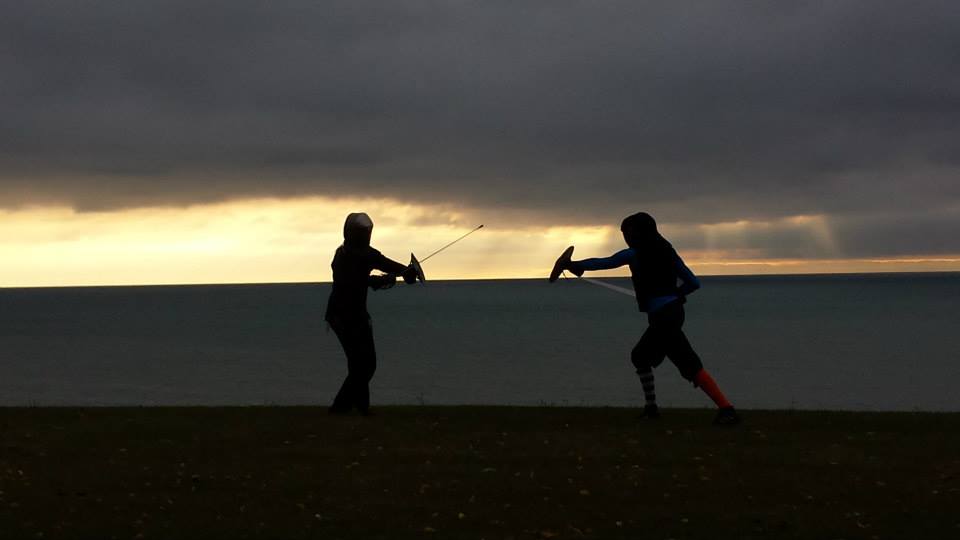I have fought in a lot of tournaments, and for a while that was what really lit my fire when it came to Western Martial Arts. There was a certain attraction to the intensity of the environment, the training program beforehand, and then winning a prize or a medal was pretty exciting too. However, as in any practice, over time any one focus can begin to lose its magic.
As tournaments (and competition in general) started to wane for me, I needed new ways to explore and deepen my passion for my art. I started looking around and noticing a myriad of ways that people pursue excellence and fulfillment in their arts. In fact, I found that many of the most inspiring practitioners I knew put more attention into other avenues of practice and growth than tournaments.
If you are truly going to pursue the path of mastery of an art you need to be open to it in many different ways. Both so you can keep your passion alive, and so that you can find the paths that work best for you. So don't fret if tournaments aren't your thing, there so many other amazing ways to challenge yourself and express your art.
Forms, Assaults, and Excellent Practice
Martial forms are excellent tools for challenging the speed, precision, and ability of your art. From developing your own forms to tapping into historical sources like the "Assalti" in the Bolognese manuals. There is beauty, fulfillment, physical fitness, and rich art simply in the practice and performance of its techniques.
Research
Connecting with the history of the art can be incredibly rewarding. You can simply read a manual to inform your perspective broadly, or you can dive into an interpretive project of your own. Take a look at our recent DTV Livestream on the subject of working with historical sources:
Also, Daniel Jaquet is a great teacher, lecturer, and researcher who's work in this field is notable both inside and outside of HEMA. His approach to his art is beautiful, fun, and educational:
Martial Sparring
Tournaments focus on only one aspect of what it is to spar with weapons. At Academie Duello we have a martial path that focuses on developing the ability to spar at speed with minimal protective gear. This approach is developed through control, precision, and care for one's partners while maintaining a respect for the deadliness of the weapon. This is combat based on a different set of objectives than simply scoring more points than your opponent.
This allowed me to spar recently with my friend and colleague Christian Tobler with no protective gear at all at the Gala for the Vancouver International Swordplay Symposium:
It is the same principle that underlies the beautiful sparring of Roland Warzecha and his students at Dimicator in Germany:
Cutting
One of the beautiful things about cutting is that it provides a precision form that is solitary and challenging. In many arts, cutting is used as a way to attune with the weapon and how it truly does its work, there are also competitions for those who hunger to compare their skills to others or their previous scores.
Teaching
Our arts need new masters. That is, people who can be rigorous students and then pass their experience on to others in a clear and methodical process. A great teacher facilitates the learning, passion, and inspiration that creates a new generation of practitioners. It is also one of the most profound ways you can connect with your own practice.
There is no limit to the paths you can pursue or the destinations for your practice. Pick up a sword (or stick or broom handle!) today and take a step toward something you love and enjoy.
Devon
